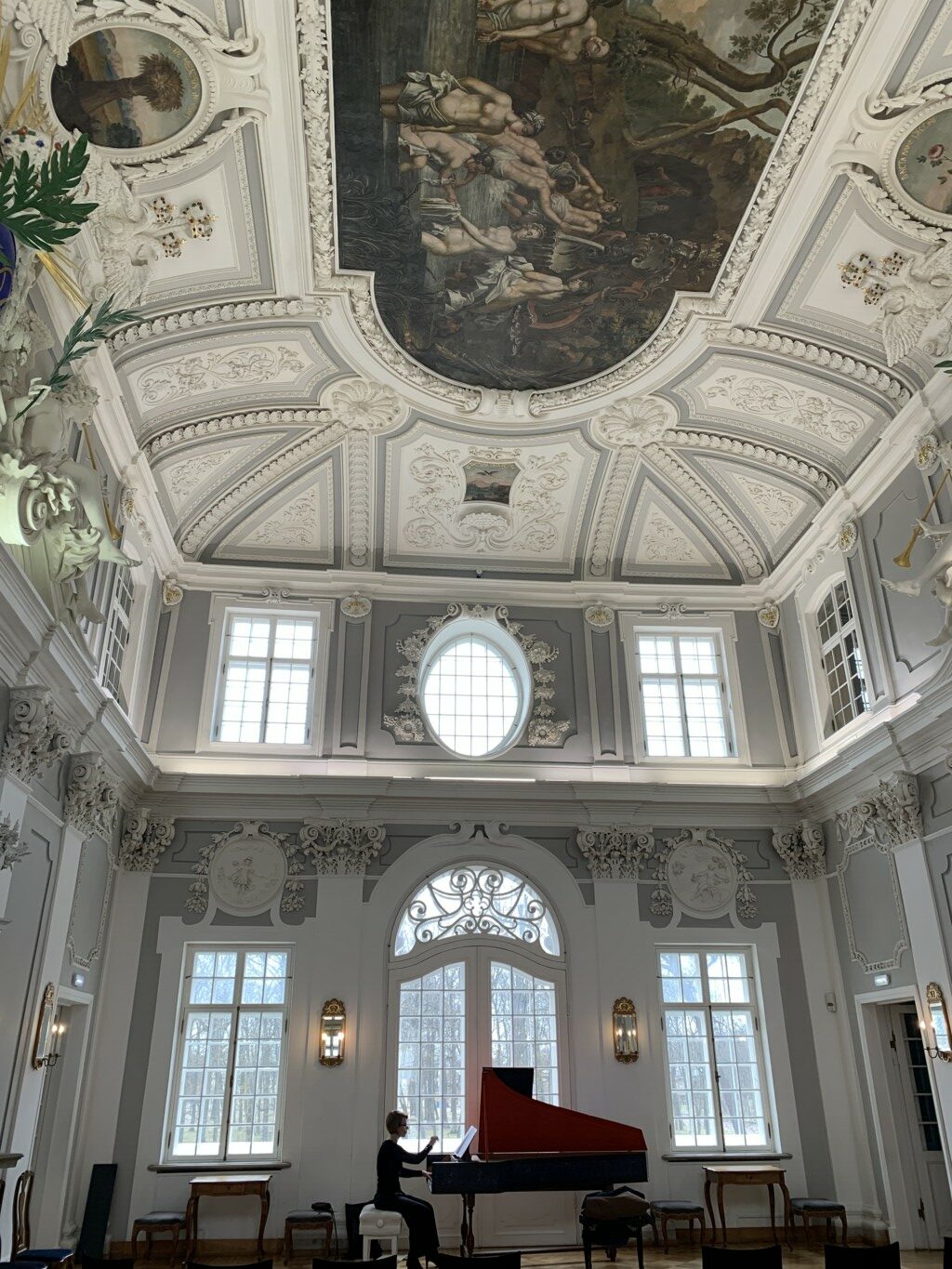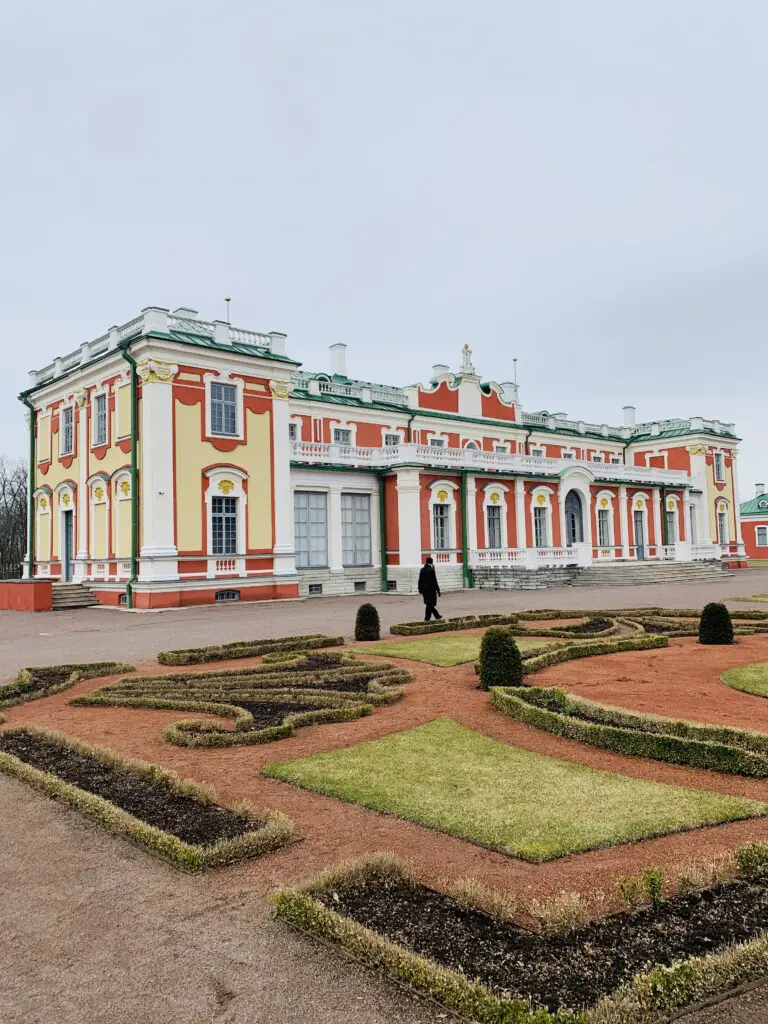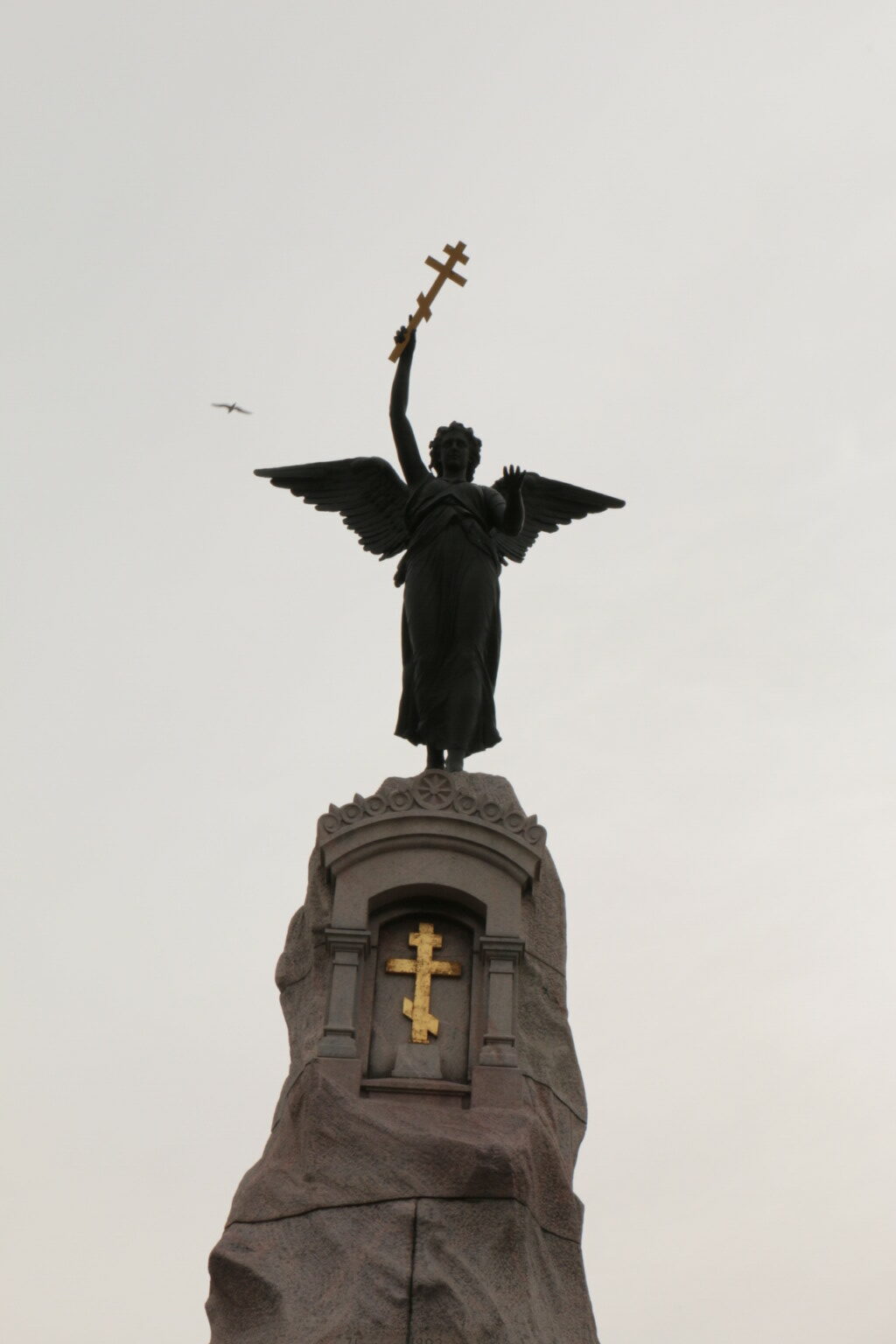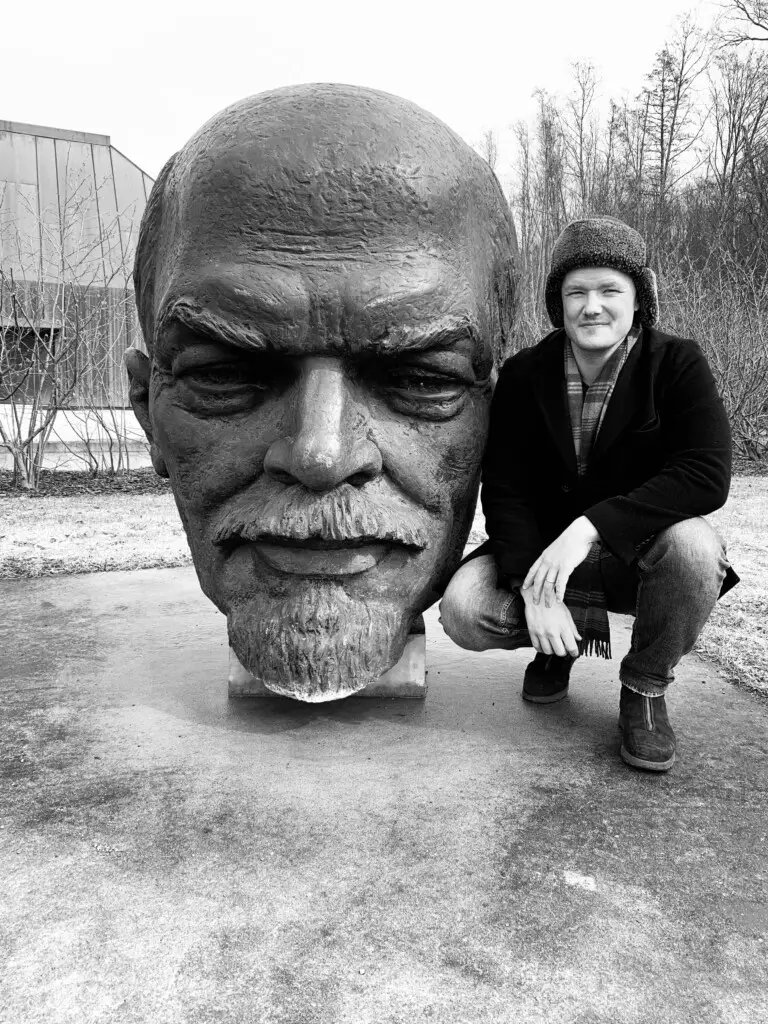
Estonia, a small country located in the northeastern corner of Europe, which is too often overlooked by travelers and relatively unknown to a large part of the world. As I did my exchange programme in Sao Paulo, Brazil back in 2016, I met an Estonian guy who would often complain that he always needed to explain to people, where Estonia was located. Since, then I did an internship for a few months in the Estonian capital of Tallinn in 2018 and I can say that I was surprised to learn more about what this country had to offer and what makes it such a unique place. In this blog post I aim at giving you my observations of what makes this Estonia a special place and you might should consider it as your next travel destination
Estonia is special because of the impressive economic growth that the country has experienced following its independence and separation from the Soviet Union. Furthermore, Estonia is known for its vibrant startup scene with the highest concentration of unicorns in Europe on a per-capita basis. Additionally Estonia is one of the most sparsely populated countries in Europe, offering well-preserved forests and unique wetlands. The Estonian language is one of the few Urgric languages that exist in Europe with a total of 14 cases!
To understand more why Estonia is such a special country in Europe, read on!
Impressive Economic Growth
Since regaining independence in 1991 from the Soviet Union, Estonia has experienced significant economic transformation and growth. Like other former communist states, the country faced the challenging task of transitioning from a centrally planned economy to a market-based economy. However, Estonia’s development has distinguished itself from many other former Soviet states through its rapid economic reforms and integration into Western economic structures. Estonia, along with its Baltic neighbors Lithuania and Latvia were all quick to join Western organizations such as the EU and NATO, and adopt the Euro, replacing the Estonian kroon as its official currency. Despite this, Estonia’s GDP per capita still surpasses that of its Baltic neighbors by nearly 10 – 15% (as of 2023).
The key to this impressive development can be attributed to its focus on digital innovation and e-governance. Estonia was among the first to introduce e-residency, a digital identity that allows global entrepreneurs to start and manage businesses in the EU remotely. Additionally, Estonians have access to a wide array of digital public services, from e-Government to e-Health and e-Education, enabling practically every aspect of life to be managed online. These digital initiatives have not only made governmental services more efficient but also attracted foreign investment and talent.
The impressive development of digitalization, coupled with low levels of corruption (in stark contrast to former Soviet states like Ukraine and Russia), Estonia has successfully transitioned from a centrally planned Soviet state to a modern state now integrated with the West. For comparison, Russia’s GDP per capita is only about 40% that of Estonia (as of 2023).

Vibrant Startup Scene
Thanks to the favorable business environment created by the government through the country’s e-residency system and focus on digitalization, Estonia has developed a reputation as Europe’s most dynamic startup ecosystem. Considering its small population of only 1.3 million and with a total of ten $1 billion tech companies, this makes Estonia on a per capita basis the country with the highest concentration of unicorns in Europe, with famous companies like Bolt, Skype, and Transferwise (currently Wise) under its belt.
The success of Estonia’s startup scene stems from the government’s openness to international talent and its focus on digitalizing all parts of public services. A positive legacy from Soviet times is the strong emphasis on mathematics and science in school, combined with a will to use this knowledge in entrepreneurship, is said to be another reason why the Estonians have created such a flourishing startup scene.

Natural Beauty
Estonia has a lot more to offer when it comes it natural beauty then one might first think! More than 50% of Estonia is covered in lush forests, making it a paradise for nature lovers. The government is commitment to preserving its natural environment is evident in the number of national parks and reserves, and the conservation efforts that are made.
The country is mainly renowned for its extensive wetlands and bogs, which are considered some of the most well-preserved in Europe. Soomaa National Park, known for its large peat bogs, floods so significantly during the spring thaw that it’s referred to as the “fifth season”, which makes it a great place to go canoeing.
Furthermore, Estonia has a long Baltic Sea coastline, characterized by its sandy beaches, rocky shores, and coastal meadows. There are beaches literally everywhere and just within a short bike rides distance from the capital of Tallinn.
The country’s two main islands, are Saaremaa and Hiiumaa, which both offer unique landscapes and a slower pace of life, with traditional fishing villages, windmills, and lighthouses dotting the coastline, but also Swedish influences can be seen across the island in terms of architecture and place names with Swedish origin dating back to the Swedish Empire’s dominion over large parts of the Baltic region.

The Language Is Unique
Estonian is part of the Finno-Ugric language group, which also includes Finnish and Hungarian, among others. This family is markedly different from the Indo-European languages that dominate Europe, which makes it impossible (If you are a speaker of an Indo-European language) to even guess the meaning of any word, since it’s in no way related to the Indo-European languages.
Furthermore, the Finno-Ugric languages predates the spread of Indo-European languages across the European continent, which makes Estonian linguistically distinct from the languages of neighboring countries like Latvia and Lithuania, which are Indo-European.
Another unique aspect of the Estonian language’s grammatical structure is that it employs a case system with a total of 14 cases! Being a bit of a language nerd myself (currently learning Russian) this is crazy if you ask me. The many cases in Estonian are used to express relationships between words in a sentence that, in many languages, would require prepositions. This interesting feature allows for flexible word order and compact expression of complex ideas.
Estonia is one of the LEAST religious countries in the world
Estonia stands out as one of the least religious countries globally (just like my home country of Sweden), with as little as 18% of the poll respondents answering “I believe that there is a god”. This secular stance is most likely a result of several factors related to Estonia’s turbulent past.
During the Soviet era, atheism was promoted by the state, and religious practices were often discouraged or outright banned by the government. This period left a lasting impact on the attitude towards religion in society. However, even before Soviet influence, many religions co-existed in Estonia such as pre-Christian pagan traditions, Lutheran, Orthodox, as well as other Christian denominations. The blend of these influences, combined with periods of foreign rule where religion was tied to political power, may have contributed to the way Estonians views religion.
Nevertheless, just like in many other secular states, Estonians are culturally Christians with Christian traditions being widely celebrated such as Christmas (Jõulud) as well as Easter (Ületõusmispüha).

Rich History and Diverse Culture
Estonia’s strategic location on the Baltic Sea, it became a target for conquest and control by various regional powers, such as the Germans, Danes, Swedes, and finally the Russians, each leaving their mark on Estonia’s culture, architectural landscape from medieval castles to churches.
German Influence
From the 13th century, German knights and merchants established control over Estonia, starting a period known as the German dominance. German became the language of administration and education, and the German minority held significant power over the Estonian peasantry. This period lasted until the 20th century and today German influence is mostly present in Estonia’s architecture.
Many of Estonia’s castles, manors, churches, and old town centers were built or significantly influenced by German architecture during the medieval period and later. Tallinn’s Old Town, a UNESCO World Heritage site, has some well-preserved Hanseatic league architecture, with narrow cobblestone streets, Gothic churches, and medieval fortifications. Numerous manor houses dotting the Estonian countryside, once owned by the German nobility, also reflect various German architectural styles from Baroque to Classicism.


Swedish and Russian Rule
The Swedish period (1561–1710) is often referred to as the “Good Old Swedish Times” by Estonians for the relative improvement in education, administration, and rights for the peasantry. While this Swedish, influence might not be as immediately visible as that of the German presence, it is mostly visible on the Islands such as Hiiumaa and Saaremaa, where Swedish communities lived. These areas, historically inhabited by the Swedish-speaking minority known as “Coastal Swedes” or “Baltic Swedes,” retain names and T traditional Swedish-style log houses, barns, and windmills, many of which have been preserved or restored.
The Swedish rule later ended following the events of the Great Northern War (1700-1721), during which Peter the Great of Russia successfully challenged the Swedish Empire for dominance in the Baltic region. The war concluded with the Treaty of Nystad in 1721, where Sweden ceded Estonia, along with other Baltic territories, to Russia. The subsequent Russian rule until 1918 brought its influence but also stirred national awakening and movements toward independence.
Independence and Soviet Era
Estonia first declared independence in 1918, following the chaos of World War I and the collapse of the Russian Empire. However, this independence was short-lived, as Estonia was occupied by the Soviet Union in 1940, then Nazi Germany, and again by the Soviet Union until 1991. The Soviet-era was characterized by Russification, resistance movements, and significant changes in Estonian demographics, economy, and political landscape.

As a result of the Soviet occupation and subsequent Russification of Estonia, roughly 20% of the population in Estonia are ethnic Russians, with border towns of Narva where 70% of the population are ethnic Russians. Influences from Russian rule can be seen throughout Estonia in its architectural styles and landmarks, one being the orthodox churches that dot the Estonian landscape, with the Alexander Nevsky Cathedral in Tallinn, being the most lavish orthodox cathedral built during the Russian Empire era, stands prominently in the city’s skyline, symbolizing the Russian cultural and religious influence.
Singing Revolution and Modern Estonia
The late 1980s saw a peaceful push for independence, known as the Singing Revolution, where hundreds of thousands of Estonians gathered to sing national songs and demand sovereignty. Estonia regained independence in 1991 with the dissolution of the Soviet Union. Since then, Estonia has undergone rapid modernization, joining the European Union and NATO in 2004.
Conclusion
Having gone through centuries of foreign dominance and most recently the Soviet occupation and the financial turmoil that followed its collapse, Estonia’s recovery to becoming one of Europe’s leading start-up scenes is nothing short of spectacular. Its diverse history with both Swedish, Germany and Russia influences, along with its well-preserved forest and national parks makes Estonia an unrated country in the northeastern corner of Europe which I recommend should be on your travel radar!
